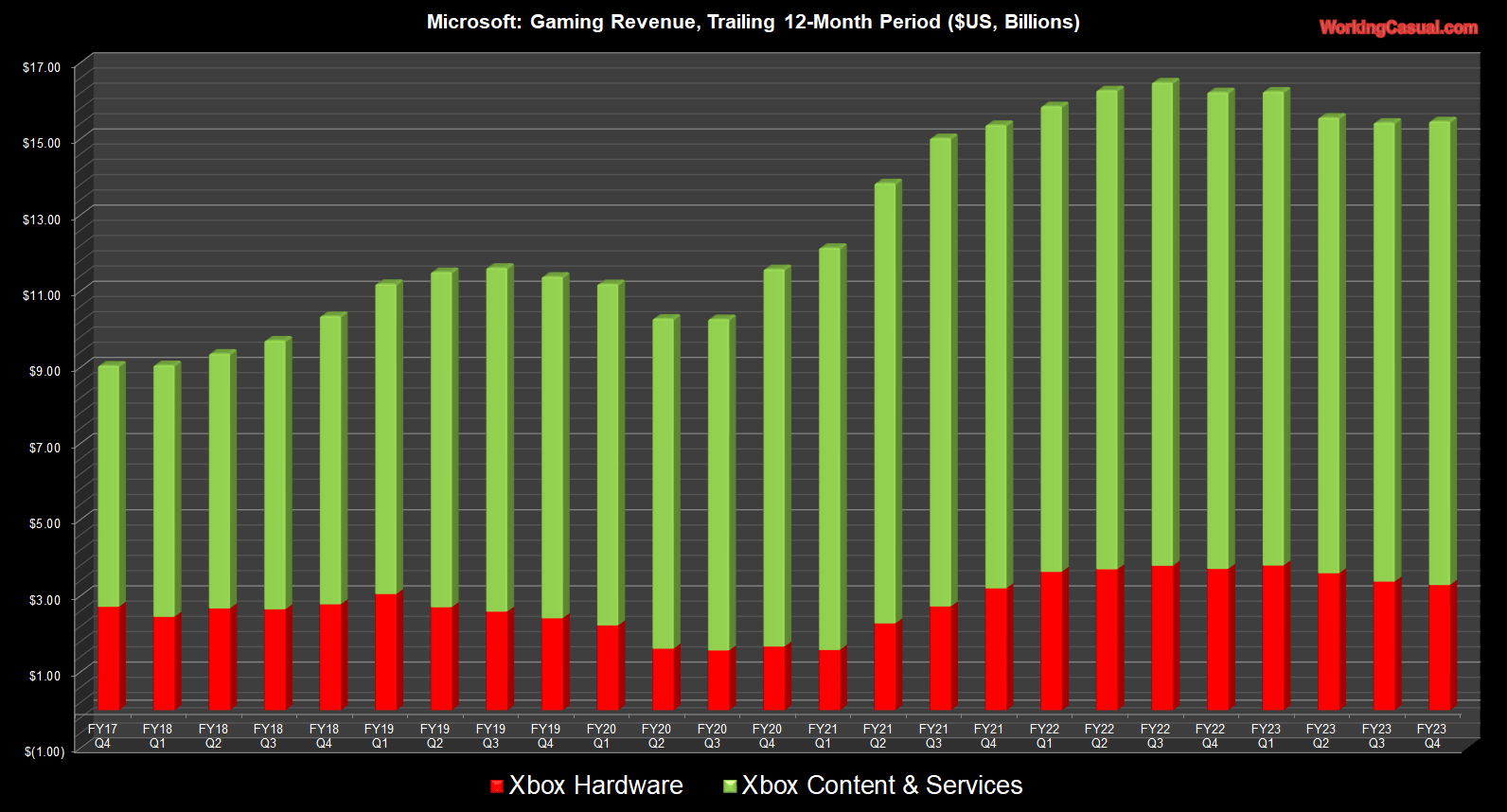Crypto analytics firm Elliptic has created an AI model that can detect crypto money laundering transactions, a plague that reached over $22 billion in 2023.
In the report Wednesday, Elliptic said the model was trained on a data set of nearly 200 million transactions. It can detect crypto money laundering instances that were previously unidentifiable using traditional blockchain analytical techniques.
The AI Model Can Detect Previously Unknown Illicit Wallets
Rather than tracking the transactions made by specific illicit actors, which most traditional techniques do, the AI model looks at “subgraphs,” or chains of transactions, to predict when Bitcoin is being laundered.
“By identifying these subgraphs rather than illicit wallets, this approach allows us to focus on the “multi-hop” laundering process more generally rather than the on-chain behavior of specific illicit actors,” Elliptic said.
Elliptic said it worked with an unnamed crypto exchange to test the model. The AI model successfully flagged 52 “money laundering” transaction patterns, some of which were new and some already known.
Of the 52 transactions detected by the model, the exchange said 14 had been received by users whom it previously flagged as being linked to money laundering.
Because the model looks at transaction patterns rather than monitoring on-chain movements of illicit wallets, Elliptic said it’s able to identify a number of previously unknown wallets used by illicit actors in Ponzi schemes and darknet markets.
“On average less than one in 10,000 of these accounts are flagged as such, suggesting that the model performs very well,” the report reads.
The AI model is a result of collective work by researchers from Elliptic, IBM, and MIT.
The team said the underlying 200 million data behind the model’s training will be made publicly available to enable the community to come up with new techniques to hunt down crypto money laundering.
Can AI Curb Crypto’s Billion-Dollar Plague?
In February, blockchain research platform Chainalysis reported that $22.2 billion in cryptocurrencies were laundered through exchanges over the past year. Though substantial, the amount represents nearly a 30% drop from the $31.5 billion recorded in the year before.
“This novel work demonstrates that AI methods can be applied to blockchain data to identify illicit wallets and money laundering patterns,” Elliptic said.
The AI model won’t be the first time the analytics company is employing artificial intelligence.
Elliptic Creates AI Model That Can Hunt Down Bitcoin Money Laundering
- Elliptic has created an AI model to detect laundered Bitcoin transactions.
- The AI successfully flagged suspicious transactions during testing with a crypto exchange.
- Researchers involved in the project said the training data will be made public available to aid further development of anti-laundering tools.
Crypto analytics firm Elliptic has created an AI model that can detect crypto money laundering transactions, a plague that reached over $22 billion in 2023.
In the report Wednesday, Elliptic said the model was trained on a data set of nearly 200 million transactions. It can detect crypto money laundering instances that were previously unidentifiable using traditional blockchain analytical techniques.
The AI Model Can Detect Previously Unknown Illicit Wallets
Rather than tracking the transactions made by specific illicit actors, which most traditional techniques do, the AI model looks at “subgraphs,” or chains of transactions, to predict when Bitcoin is being laundered.
“By identifying these subgraphs rather than illicit wallets, this approach allows us to focus on the “multi-hop” laundering process more generally rather than the on-chain behavior of specific illicit actors,” Elliptic said.
Elliptic said it worked with an unnamed crypto exchange to test the model. The AI model successfully flagged 52 “money laundering” transaction patterns, some of which were new and some already known.
Of the 52 transactions detected by the model, the exchange said 14 had been received by users whom it previously flagged as being linked to money laundering.
Because the model looks at transaction patterns rather than monitoring on-chain movements of illicit wallets, Elliptic said it’s able to identify a number of previously unknown wallets used by illicit actors in Ponzi schemes and darknet markets.
“On average less than one in 10,000 of these accounts are flagged as such, suggesting that the model performs very well,” the report reads.
The AI model is a result of collective work by researchers from Elliptic, IBM, and MIT.
The team said the underlying 200 million data behind the model’s training will be made publicly available to enable the community to come up with new techniques to hunt down crypto money laundering.
Can AI Curb Crypto’s Billion-Dollar Plague?
In February, blockchain research platform Chainalysis reported that $22.2 billion in cryptocurrencies were laundered through exchanges over the past year. Though substantial, the amount represents nearly a 30% drop from the $31.5 billion recorded in the year before.
“This novel work demonstrates that AI methods can be applied to blockchain data to identify illicit wallets and money laundering patterns,” Elliptic said.
The AI model won’t be the first time the analytics company is employing artificial intelligence.
In June 2023, the company announced it would integrate ChatGPT by OpenAI solely into its off-chain intelligence and research-gathering efforts.





